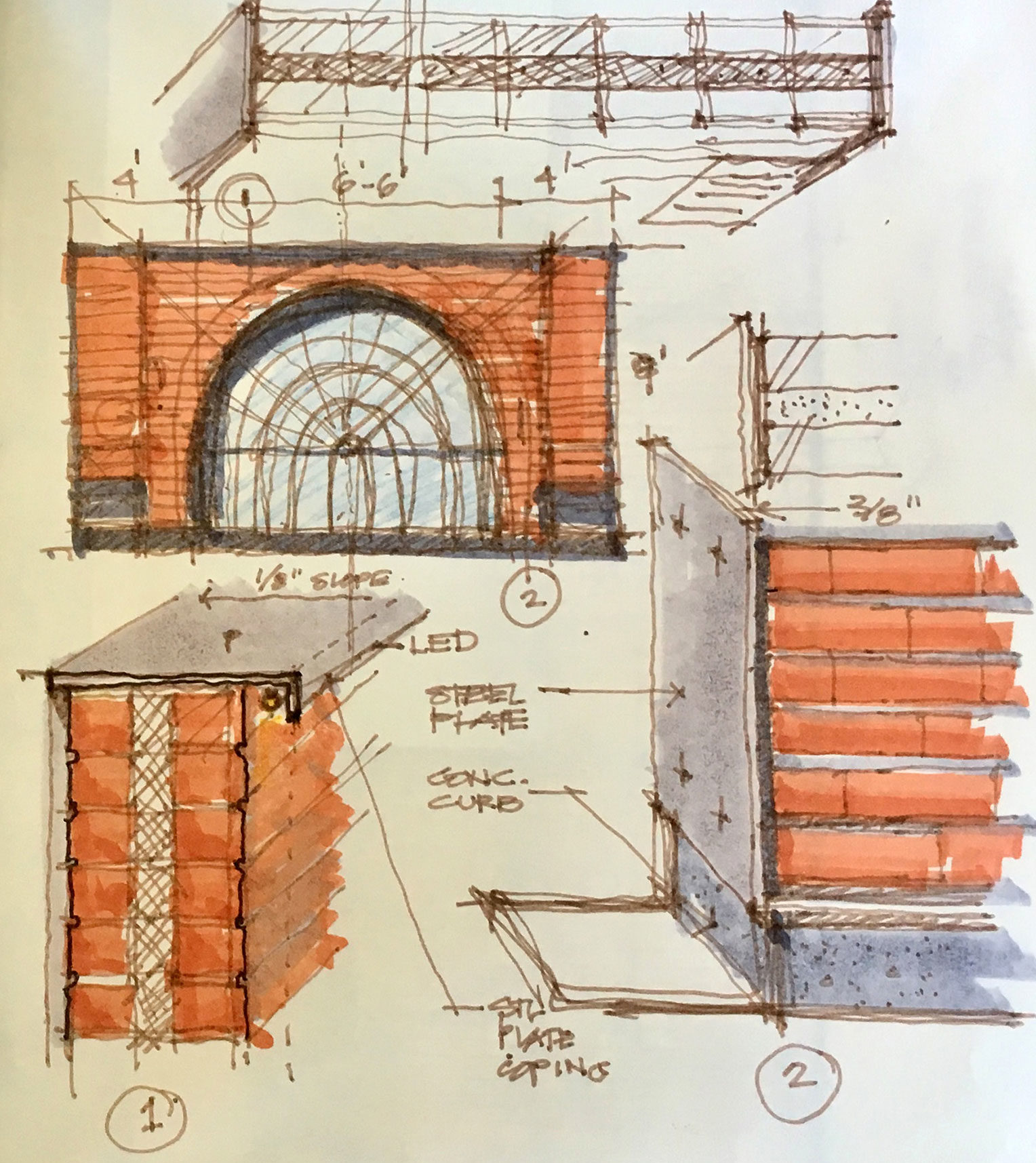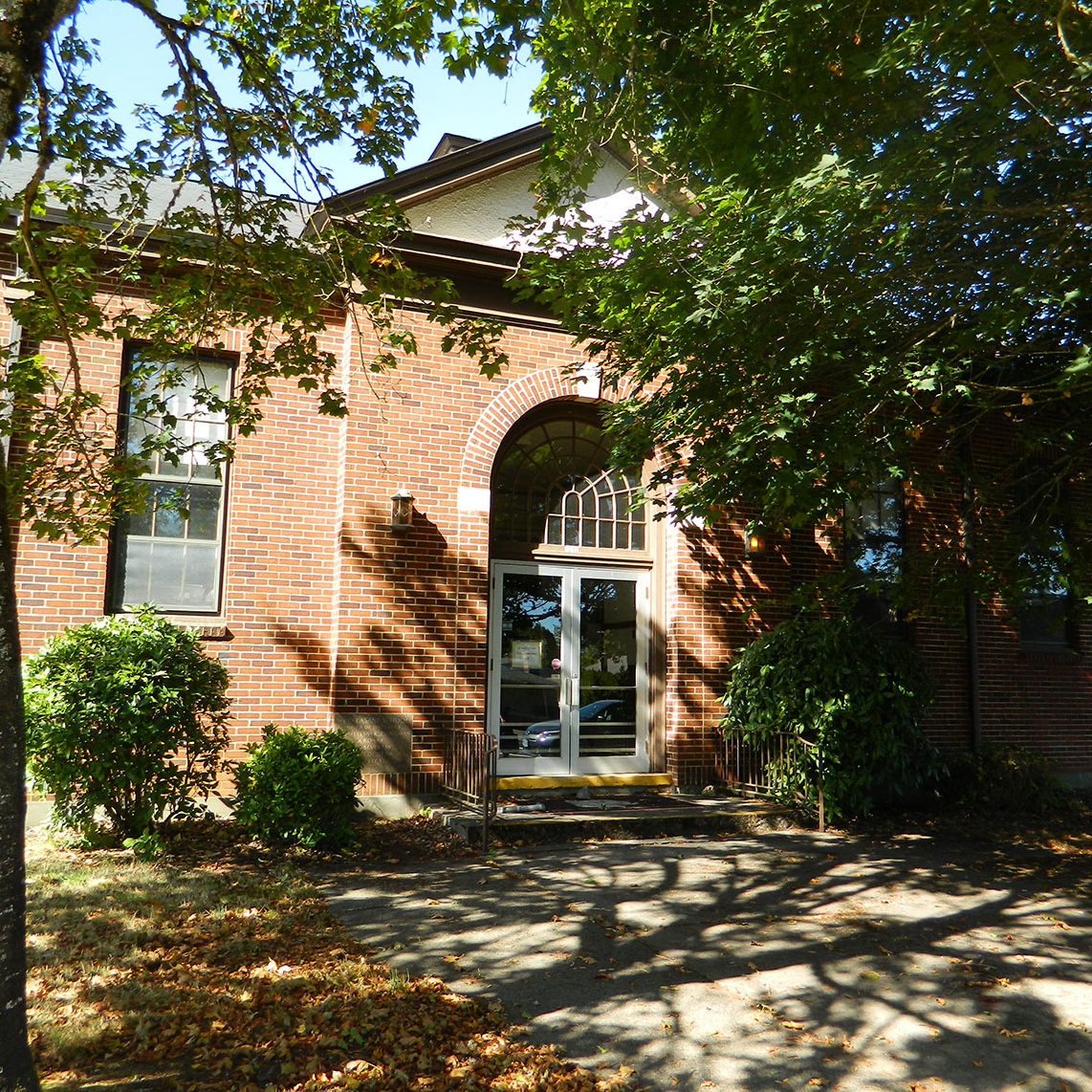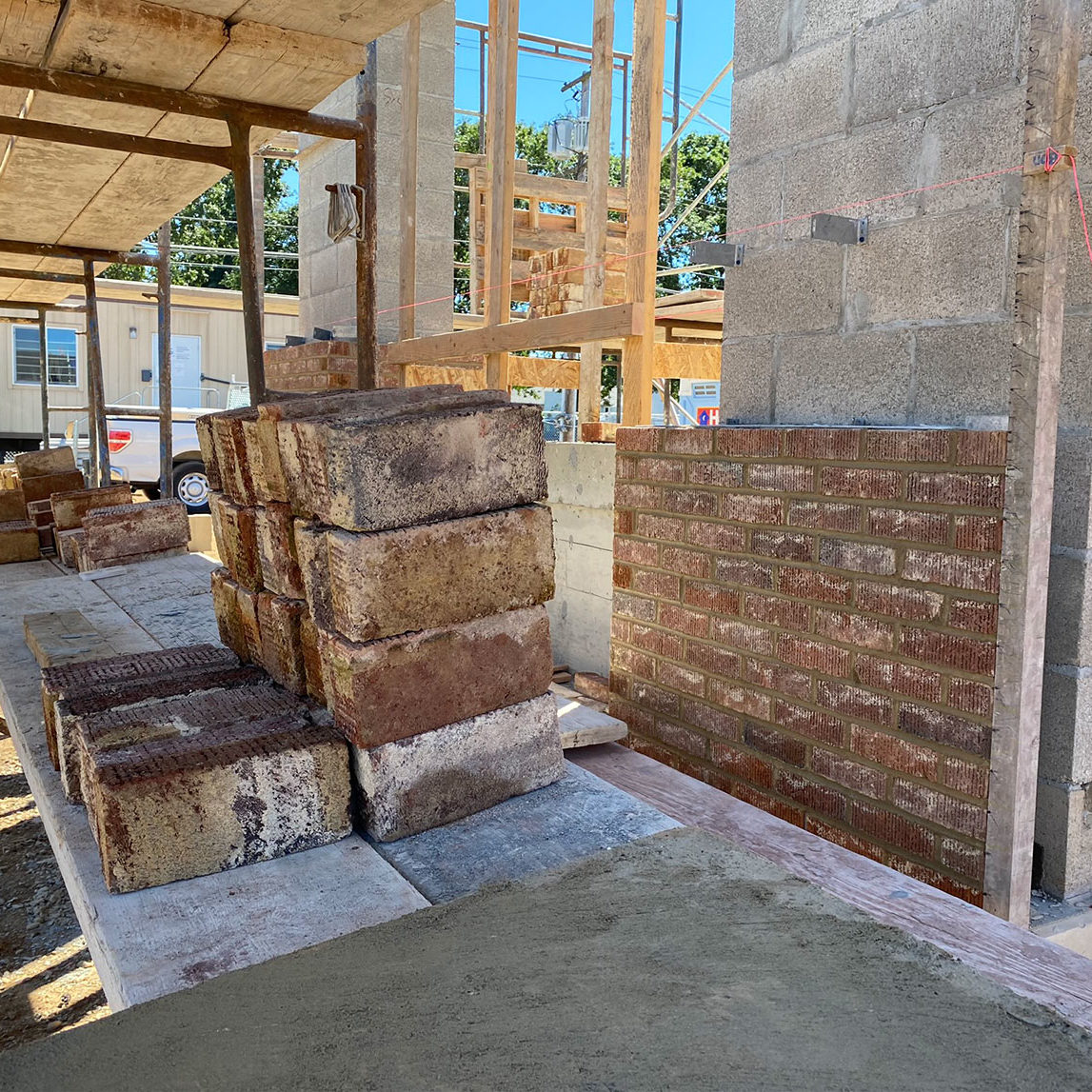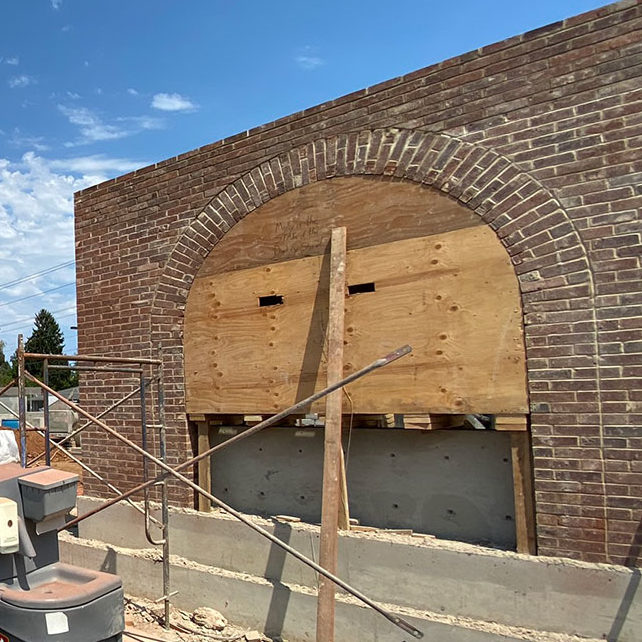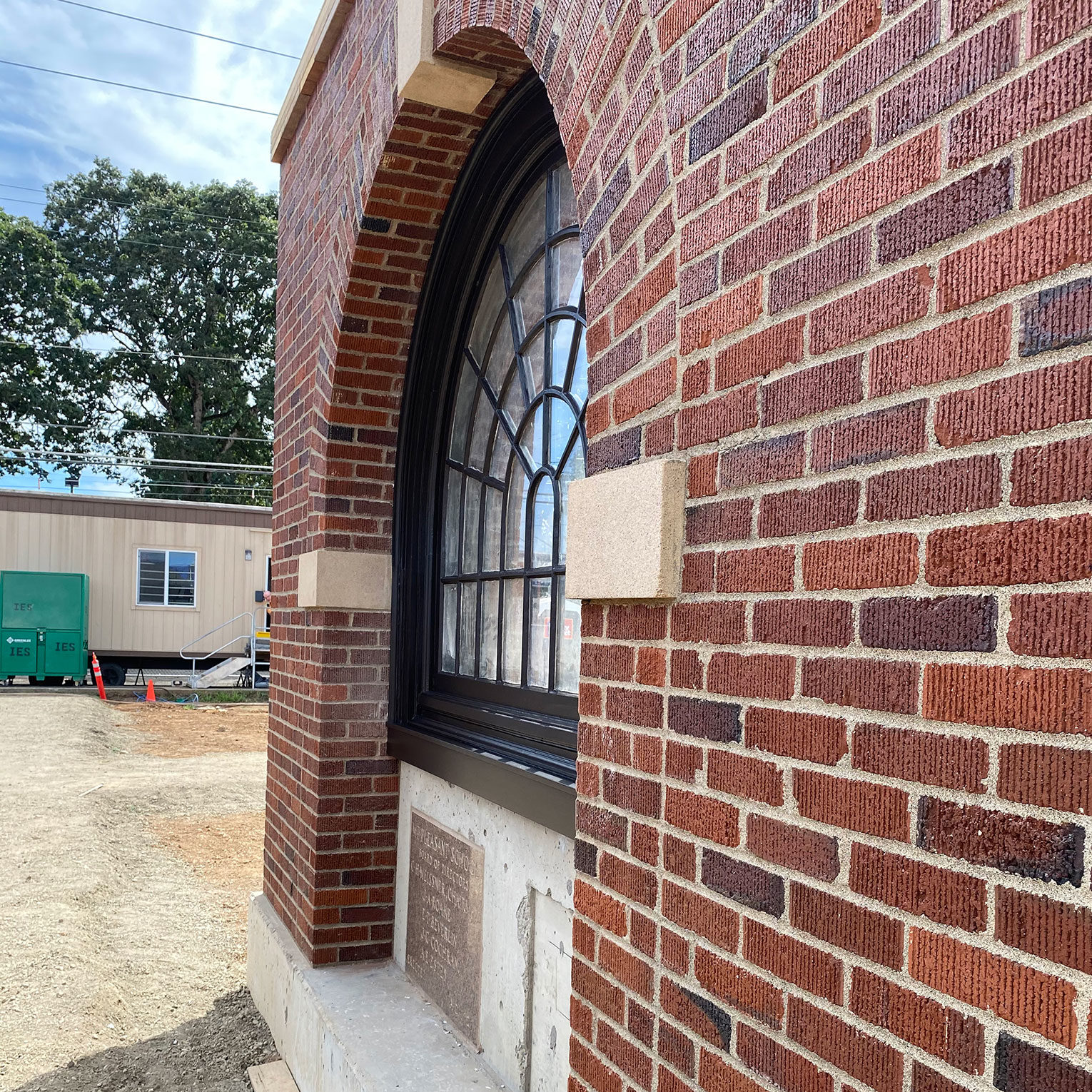Oftentimes, public buildings seek to do more than honor the people and places they are designed to serve. Find out how the Robert Libke Public Safety Building’s design also honors a fallen officer and the historic school that stood on its sight for 100 years.
Recognizing a Legacy
The buildings FFA designs are not our buildings. They are for our clients and the communities that they are a part of. When we begin the design process, we focus our research on each community. Our team delves into all the aspects of a community’s history, demographics and environment, often working with local historians or cultural experts who can share important stories of the community and region.
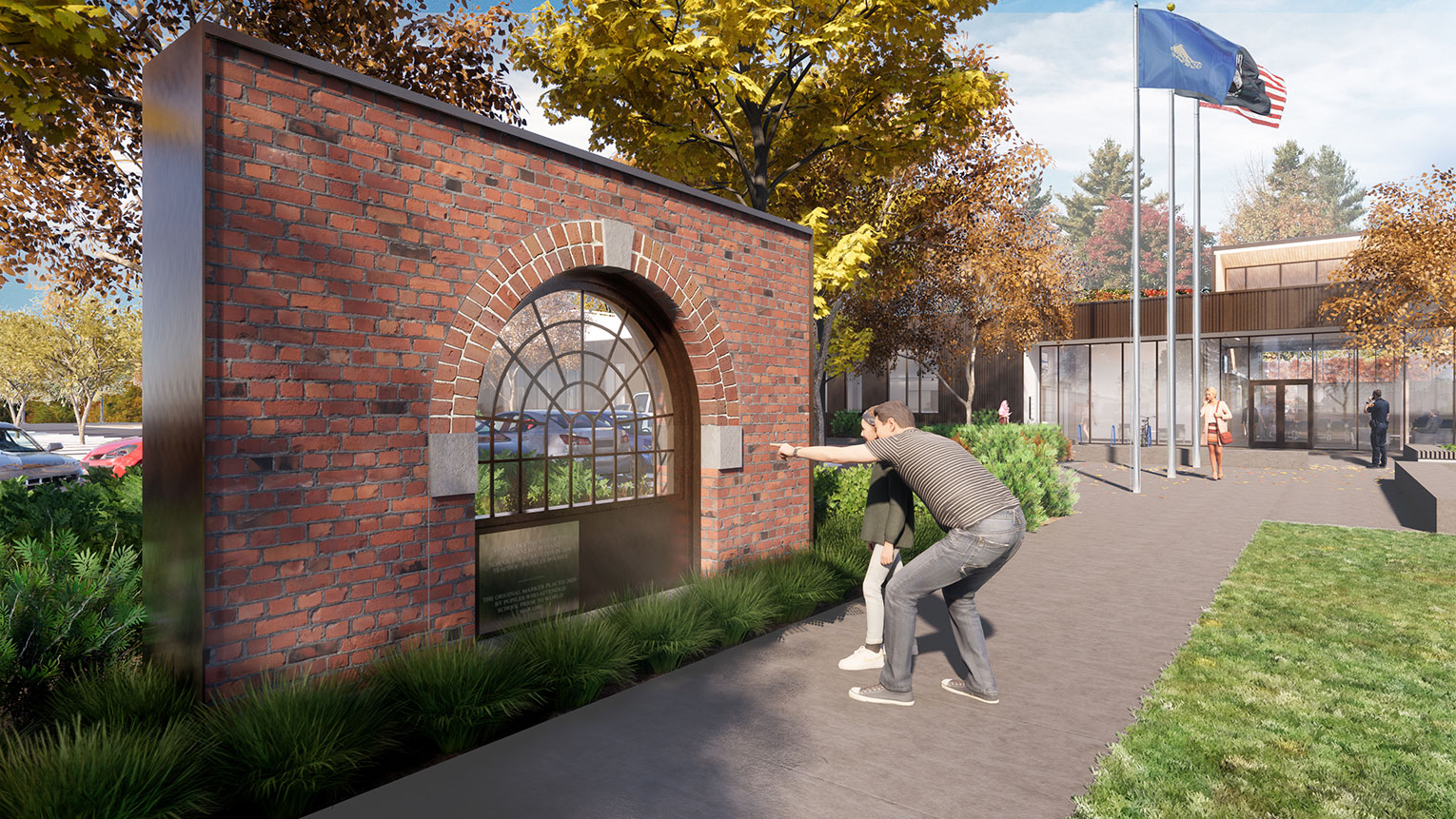
In the case of the Robert Libke Public Safety Building in Oregon City, early in design, we were made aware of several important stories to tell. One of which is directly about the history of the beloved historic school that had occupied the site of the new building for 90 years: https://www.oregoncitypolice.com/site-history We found through our community engagement process that the memories of Mt. Pleasant school ran deep for generations of Oregon City residents. While renovating the structure itself was deemed infeasible for reuse as a resilient emergency response facility, there was a strong desire to preserve ‘a piece’ of the physical space.
Working hand-in-hand within the overall design process for the building and site, FFA found a simple approach of salvaging bricks from the old school to commemorate the school and honor its memories and history. We repurposed the school’s main entry window and arch into a new ’gateway’ to the site of the new public safety facility plaza. It brings both literal and metaphoric meaning to this storytelling element. In conjunction with the inviting warmth of the new mass timber civic building, this commemorative marker will both tell a piece of Oregon City’s history and provide a new ‘window’ into the city’s future.
